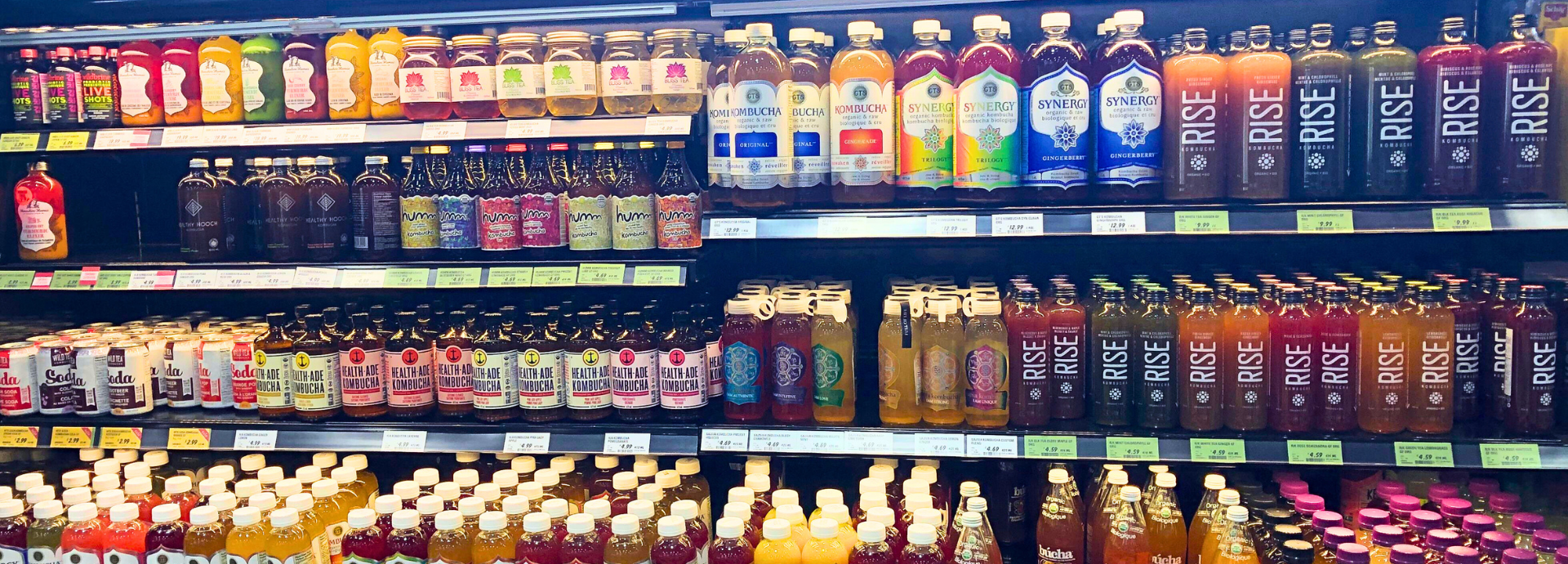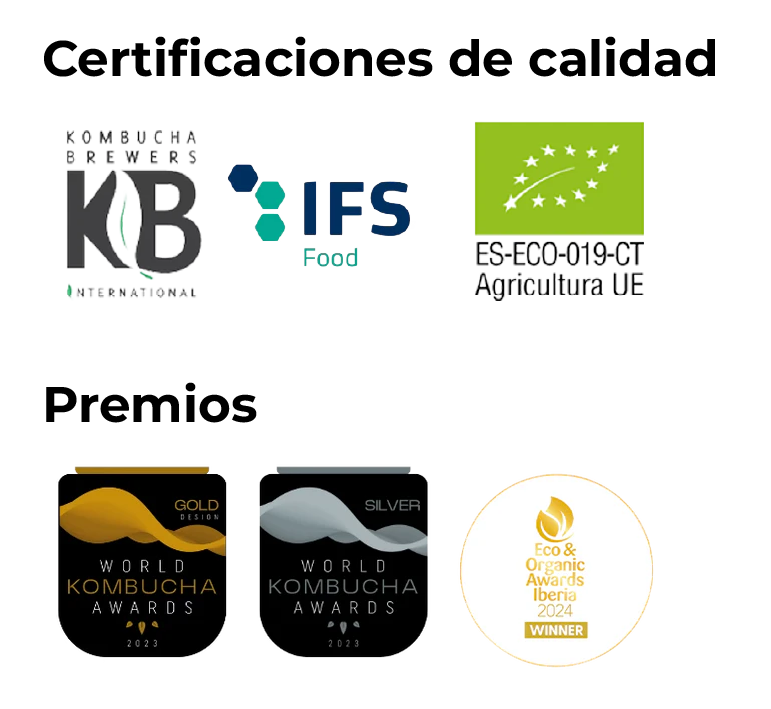THE 100 NAMES OF KOMBUCHA
It is estimated that kombucha has 2,000 years of history and was born on the Asian continent . Its healthy properties have made this fermented tea survive over the centuries. Thus, it has overcome such important problems as wars, isolation and lack of supplies of its main ingredients.
During these two millennia, kombucha has had many names as it has been consumed and made in many countries. Although since 2000 it has experienced an important boom in the Western world, especially in the United States, Canada, Australia and New Zealand, this tea has been part of the gastronomic and medicinal culture of many places.
And you, what do you call it?
Comboucha , combucha , chamboucho , fungojapon , fungus , funko , gout , hanpao , hendenpilz , indischer , kargasok , kvass , kwass, kongo , ling-zhi , k'un-pu-ch'a , kombucha , kombutxa , manchurian elixir , mon -gn , olinka , russsithe , theebier , tschambucco , yaponge , zaubertrank ... And so up to almost 100 different names are given to this fermented drink in different parts of the world, depending on the approach and legends that surround this almost magical drink, which It also has the nickname elixir of life and tea of immortality .
Thanks to the persuasion or perhaps the good sense of smell of many who have been able to experience the benefits of its consumption , this tea has survived throughout history. Many of you reading us may be remotely familiar with the exchange of mothers (now known worldwide by the acronym Symbiotic Culture of Bacteria and Yeast, SCOBY ) that was done in our country. In the 50s and 60s it was not unusual to see kombucha cultivation in many homes in Spain. In a container covered with gauze, it was kept in a dark place in the house and fed sweetened tea. When the mushroom multiplied, a piece was given to another family so that they could benefit from its consumption by making kombucha.
This custom, unfortunately, fell almost into oblivion. And, although little by little home production of kombucha has been recovering, the appearance of companies that produce it with the strictest safety and hygiene standards has made consumers prefer to buy it already prepared.
Do you know how to choose the best kombucha?
When you want to get started in the world of kombucha and decide to go buy a bottle at the store, don't get upset. We are going to make you a few recommendations. The most important thing is that you carefully analyze the label .
Look for a kombucha that is made following the traditional method , that has not been pasteurized -to prevent it from losing probiotic properties-, that contains only natural ingredients and that these are also organic .
It is also very important that you look at the packaging. Discard it if it is plastic. Always in glass that, in addition to being inert, will not transfer dangerous particles to the contents. And a plus that should tip your balance: the amount of sugar it contains. Less is more. Less sugar equals longer fermentation, more organoleptic and healthy qualities. Few brands on the market meet each and every one of these characteristics.
Mun Kombucha, from Mūn Ferments, stands out for its careful and studied preparation , with an exclusive process that achieves a product practically free of sugar. You will find it in physical establishments throughout Spain and in its online store , in its 10 exclusive varieties.






